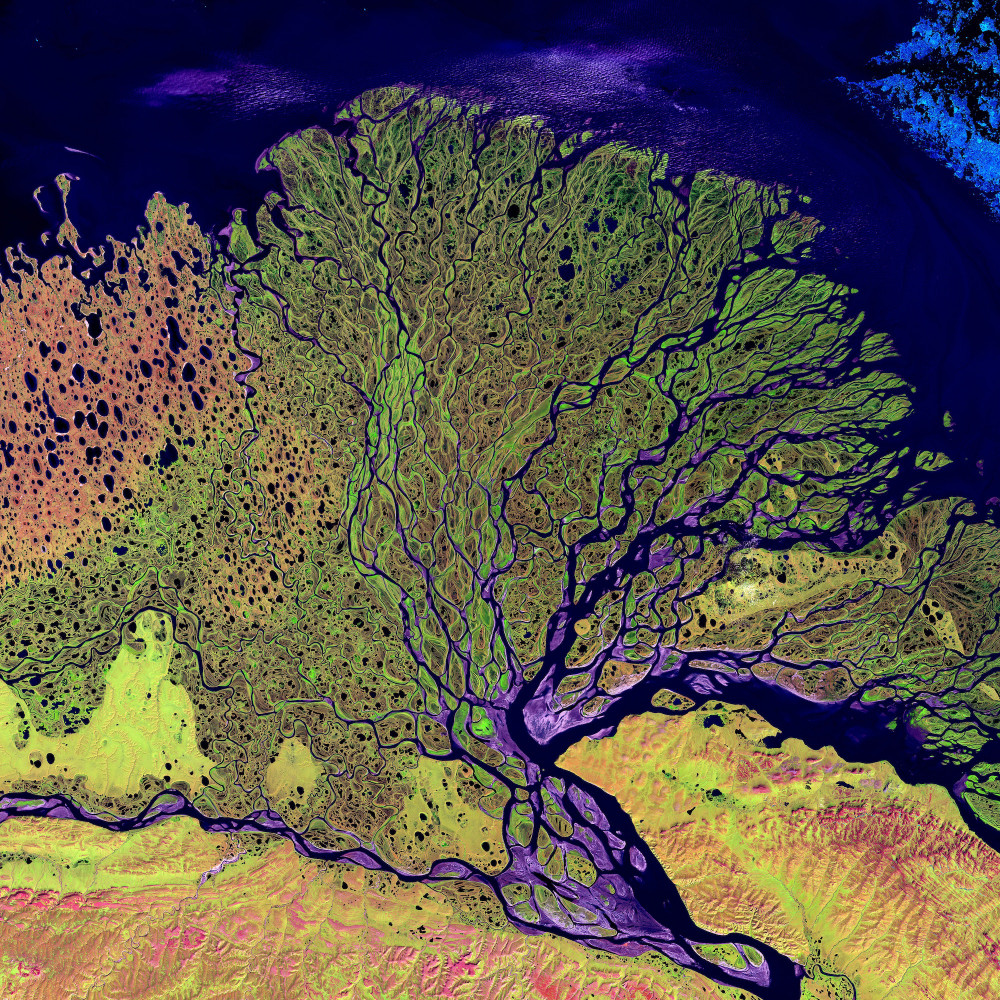Emerging Technologies and the Law
I was reading a recent WSJ article called The Real Engine Propelling Innovation. The writer states categorically that it’s physics. Innovation is something that is inevitable, claim the researchers at MIT who think they’ve found a predictive analytics algorithm to determine when an emerging technology might be ready for prime time.
The feels kind of like technical investing doesn’t it? When you invest based on the momentum of a stock, or at the second hill after the mountain on the candlestick charts, that’s technical investing. Value investing is investing based on the underlying fundamentals of a stock, the strength of management, and the company’s position in the ever-changing ecosystem.
But, I do like the idea of physics underlying innovation. The MIT team says the algorithm they’ve trained tells them that emerging technologies mature at the rate of the underlying physics. No sooner and no later. Moore’s law is the observation that the number of transistors in a dense integrated circuit (IC) doubles about every two years. So, don’t expect a new chip in one year or three years, but two years should be about right.
So, based on that train of thought, we should be able to take the MIT algorithm and apply it to any emerging technology and get a reasonable idea of when we can plan on some future capability becoming a reality.
That also implies that the person who discovers the brand new idea from scratch is the one who created something new. From that point on, we still need geniuses to keep “it” growing at the rate physics allows. But with 8 billion people on the planet, the critical path probably won’t be the talent, it will be the physics underlying the emerging technology. Those 8 billion people will be competing over who can get it to market in a manner that is easy to use and provides the market with the most value.
Therein lies another physics law from thermodynamics that is a different kind of physics than what the MIT team is using. It’s called “Constructal Law.” (Referred to as CL for the rest of this article) and was discovered by a Duke University physics professor named Adrian Bejan. I learned about Adrian Bejan through a book review on his book “The Physics of Life: The Evolution of Everything.”
Adrian might take me to task for simplifying it too much, but here it is in a nutshell. Everything that has energy will follow the path of least resistance, and Constructal Law describes how that energy will flow. As a matter of fact, Adrian discovered CL while designing cooling techniques for electronic components. (And helping the underlying physics of emerging technology to continue its progression!) That image at the beginning of this article?? That’s a river delta, but it could just as easily be a lung, tree, plant roots, etc.
Here’s where it gets fun! CL covers any concept that involves flow over time!
Let me see if I can give you a good illustration:
When I was young, I got the Sears catalog and studied it for “good”, “better”, and “best.” (Yes, I’m really dating myself.) I’d go to the different stores and look over different items so I get a handle on the quality or other attributes I was looking for. (Think Red Ryder BB guns.) I’d go to the library and find magazine articles and see what the prevailing opinions were. So did everyone else at the time. The real “flow” is deciding I want to acquire something and ideally, I want it now. This process back then (1970s) took a long time! Hours, days, or weeks!
Along comes Walmart. You no longer had to go to 3 to 5 different retail outlets to do your research because they had everything there! Not only that, they had the stuff your mom and dad also needed, right there! What a time saver!
Did you know that Walmart reached initial nationwide popularity about the same time as SUVs started to surpass other vehicle types in sales? Gotta get all that stuff home from Walmart, right?
Consolidation of flow over time. And it’s what people generally wanted to happen. Desire is the emotion that powers the heat that moves people and markets. Thermodynamics is the study of heat. CL is the study of how that heat must flow.
Now we have Amazon.
I’ve always “intuited” where companies were struggling with technology or deciphering where technology was headed based on following some kind of principle of “the path of least resistance.” I think CL can explain it better than just observation.
Software will never stop eating the world.
Software is just codifying an existing process, but that ideal process is always changing to match the flow of tasks and jobs to be done. Bad user interfaces to software and technology definitely go against the grain of CL and people will jump ship the second something that becomes aligned to how they want to work appears. And when you adjust your point of view to look at an ecosystem holistically, you can start to see where technology might allow consolidation or new routes for the heat energy of the market to flow.
For bonus points, let me know if you see this concept in the following Forbes article: Software Is Eating The World, But Services Are Eating Software (Hint: That’s why software/technology systems are NEVER to be considered finished.)
Your leadership team should have an ongoing process in place to revisit the top strategic factors affecting the business for no other reason than what’s been covered in this article! And we didn’t even mention rogue viruses!
One Extra Thought For Fun:
I find Constructal Law a great balance to the work by Tony Nadar. (MIT, Harvard, “One Unbounded Ocean of Consciousness”) Tony is covering the energy part and Adrian is covering how that energy unfolds in the physical world.
[/column]
